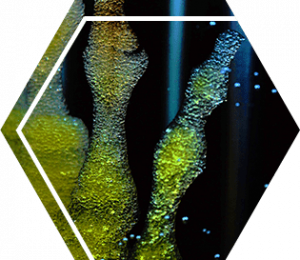
Task Overview
In this task, students are introduced to a new technology, bioreactors, that help farmers reduce nitrates in their agricultural drainage water. Caroline installed two bioreactor systems on her farm, one with and one without a gate in the outlet, and she needs help figuring out which she should recommend to other farmers. Students first review and do calculations with sensor data to compare the total number of nitrates exiting each bioreactor system. They then use this data to decide whether to recommend gates or no gates in bioreactor systems, drawing a model to help Caroline explain the recommendation, including how it will increase the sustainability of Caroline’s farming practices.
Next Generation Science Standards
Three-Dimensional Claim
Use models and patterns identified from mathematical representations to explain how a technology (bioreactors) can produce less pollution and waste from farming, preventing ecosystem degradation and sustainability of human societies.
This task is intended to elicit student learning of the following NGSS elements for each of the three dimensions:
Disciplinary Core Ideas
ESS3.C: Human Impacts on Earth Systems (HS)
Science and Engineering Practices
Using Mathematics and Computational Thinking (HS)
Developing and Using Models (HS)
Crosscutting Concepts
Patterns (HS)
New technologies are helping farmers reduce nitrates in their agricultural drainage water. Water with high nitrate loads are problematic because they can fuel algal blooms that disrupt fish and wildlife. Thus, managing nitrate levels is an important goal for farmers.
Bioreactors are one recent technological innovation that use bacteria to reduce nitrate loads. Bioreactor tanks are buried underground at the edges of a crop field, which are filled with wood chips and fitted with pipes that bring water into and through the wood chips. Bacteria living on the wood chips do a special kind of cellular respiration that converts nitrates into nitrogen gas. When tanks are at full capacity, water is diverted at the inlet to bypass the bioreactor.
Bioreactors can be installed with gates and without gates. Bioreactors with gates retain water longer than bioreactors without gates (8 hours versus 10 hours). The benefit of having gates is that it gives more time for nitrates to be extracted from the water, so fewer nitrates are emitted from the bioreactor into the environment (only 28,000 vs. 47,000 mg nitrates per 1000 L of water). However, since the bioreactor is filled with water for longer, this means that in times when there is lots of agricultural drainage water, more water is diverted around the bioreactor without any nitrates removed (10% water vs. 2.5% water).
